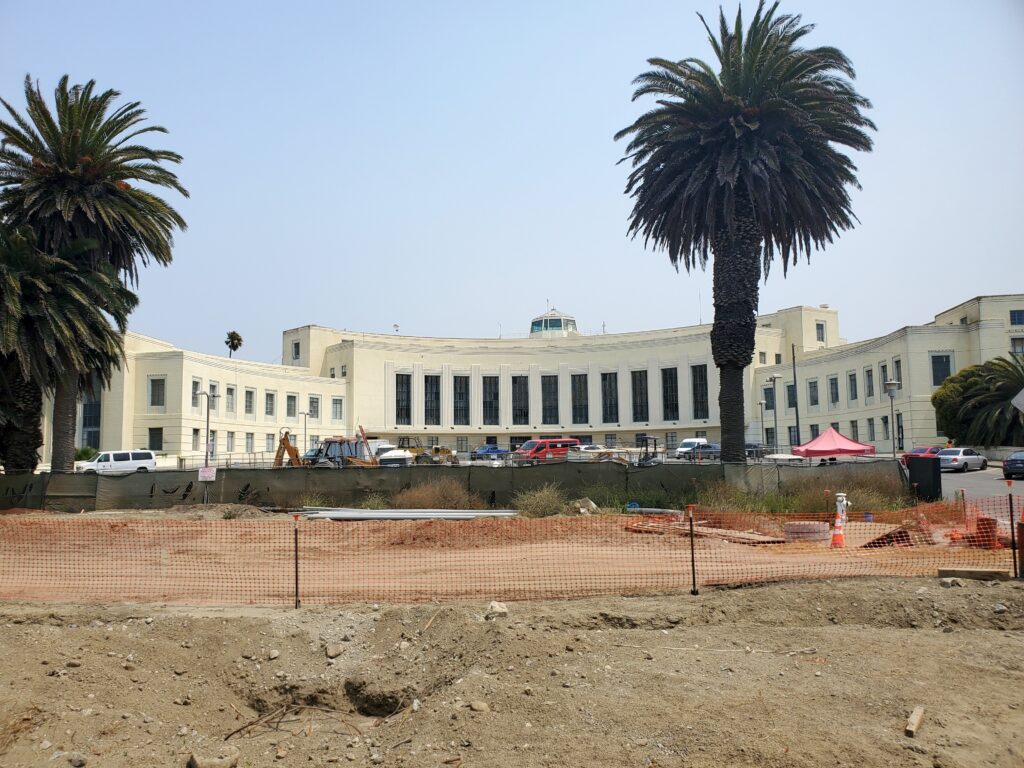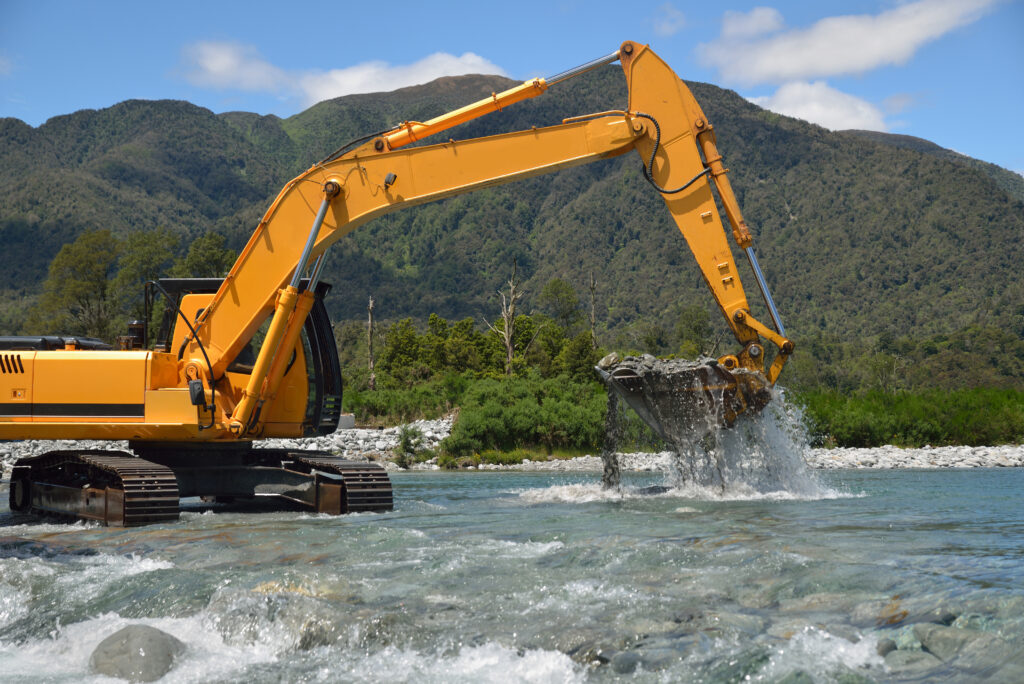Adanta, Inc. undertook two comprehensive basewide background soil studies at Naval Air Station (NAS) Jacksonville. The project’s primary objective was to provide revised background databases and determine background levels for target analytes to facilitate comparative statistical evaluations against site data in future studies. Adanta’s engagement also included offering assistance to the U.S. Department of the Navy during Restoration Advisory Board and Partnering Team meetings.
Initially, NAS Jacksonville established background values for surface and subsurface soils, sediments, and groundwater in 1996. However, it gradually became apparent that these values did not align with all analytes across all environmental media at the base. Therefore, Adanta, in collaboration with the Florida Department of Environmental Protection (FDEP) and the U.S. Environmental Protection Agency (USEPA), was contracted by the Navy to establish new background values for various soil types. The approval of these new values by FDEP and USEPA could provide critical support to ongoing and future investigations at relevant facilities throughout Florida.
The first study took place at Operable Unit 10 (OU 10) on the NAS Jacksonville Golf Course, aiming to ascertain background soil arsenic concentrations linked to arsenical herbicides. This analysis was crucial because elevated arsenic levels were detected in the soils, exceeding regulatory criteria. A Background Threshold Value (BTV) of 8.42 mg/Kg for arsenic was established in collaboration with the FDEP and USEPA to aid further characterization and cleanup at impacted sites.
The second study focused on background soil metals concentrations in fine-grained soils at Operable Unit 11 (OU 11) sites. These sites contained silty or clayey soils, bearing more resemblance to sediment from the St. Johns River than the predominantly sandy soils elsewhere on the base. The study intended to establish regulatory agency-approved background concentrations of metals in these fine-grained soils. Thirteen background threshold values were determined for specific metals with the guidance of FDEP and USEPA.
Both studies generated vital insights into establishing background concentrations for target analytes in specific soil types. These values will facilitate future investigations and remediation endeavors, ensuring proper characterization and cleanup at impacted sites. The Fine-Grained Soils Background Database developed as a part of the study is comprehensive and available for use in current and future investigations at NAS Jacksonville.
In conclusion, Adanta’s involvement in the basewide background soil studies at NAS Jacksonville had a two-fold objective: to determine revised background values and to support the Navy in restoration efforts. By developing scientifically valid background concentrations and databases, Adanta has significantly contributed to the effective management and remediation of contaminated sites at the base.







